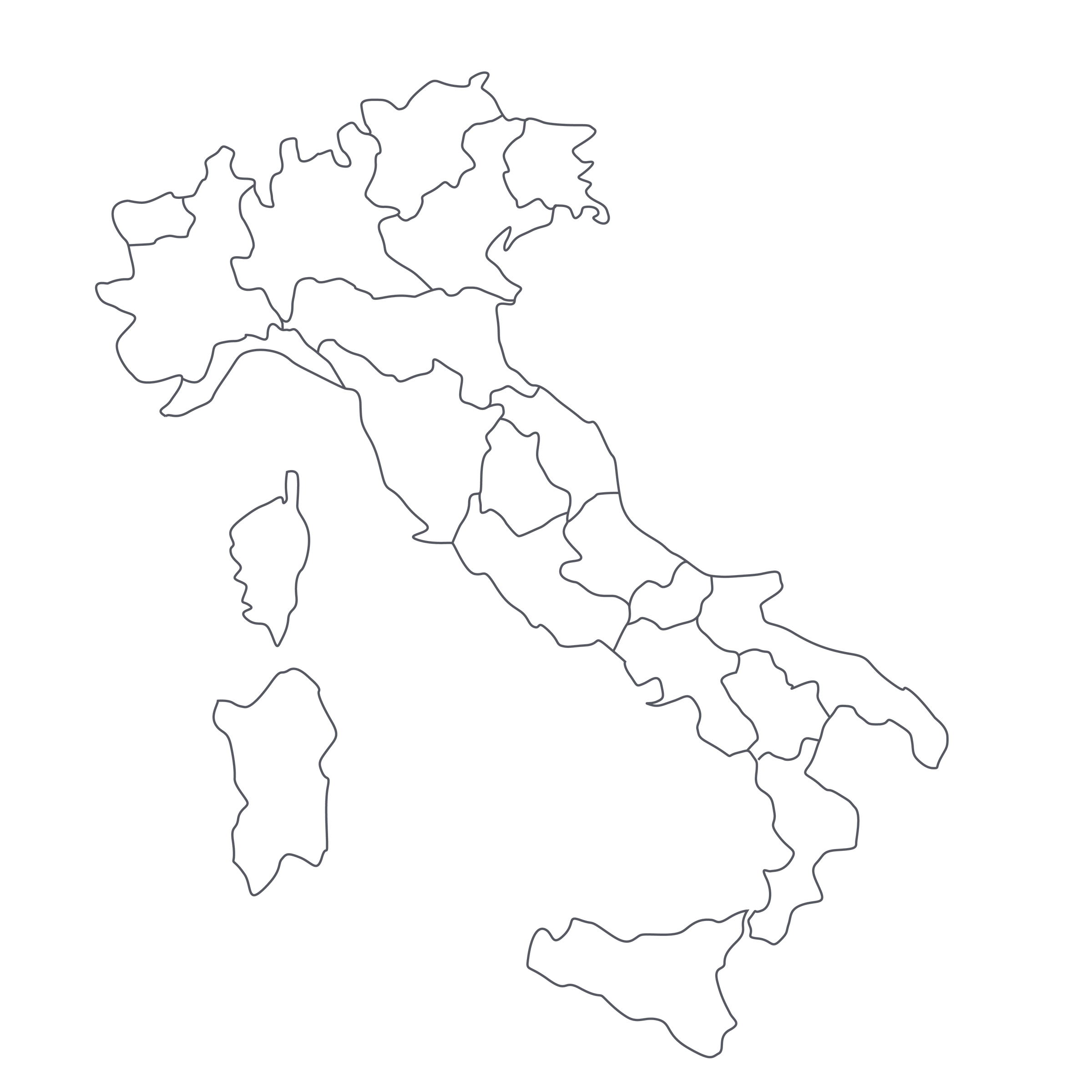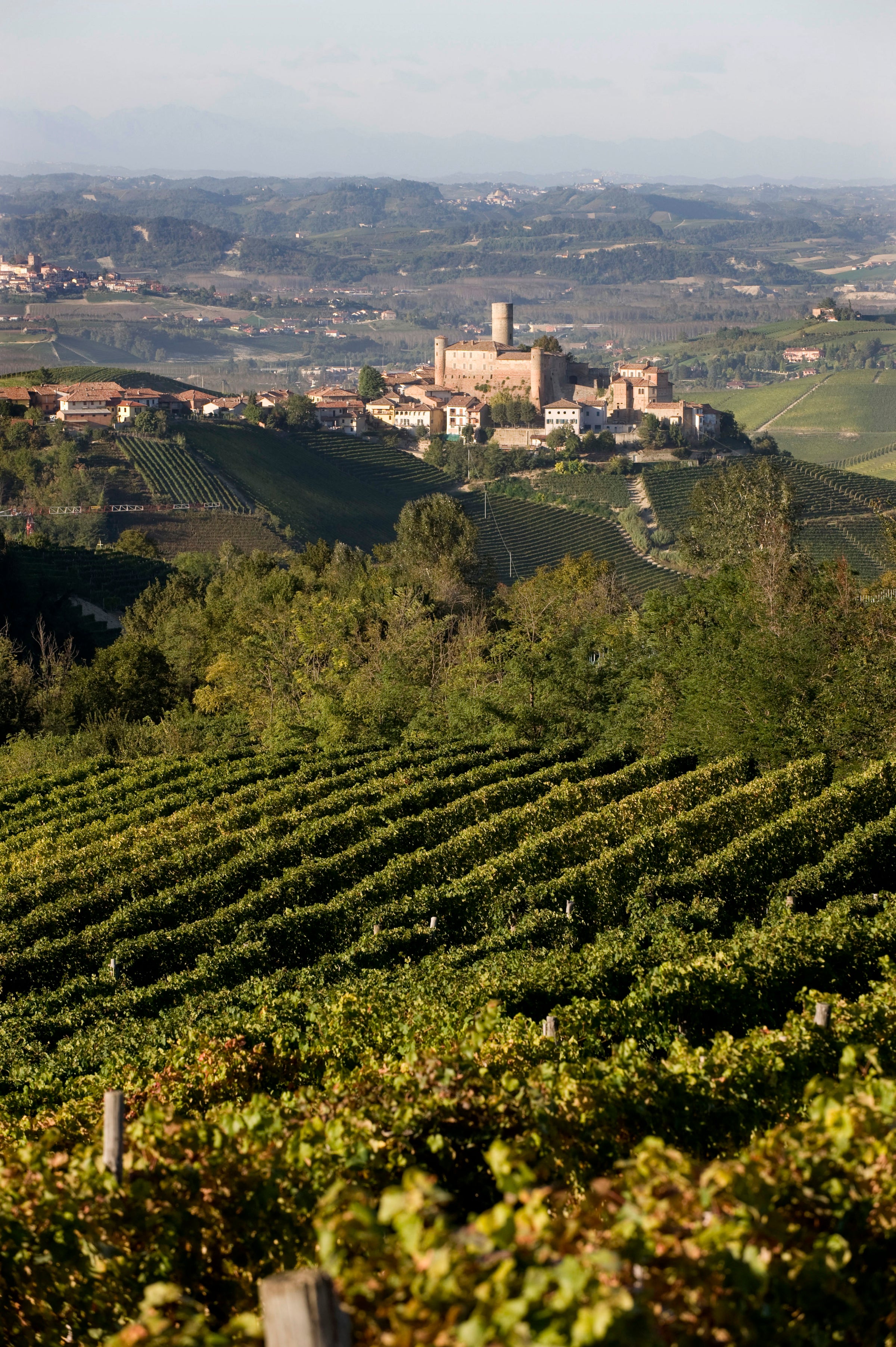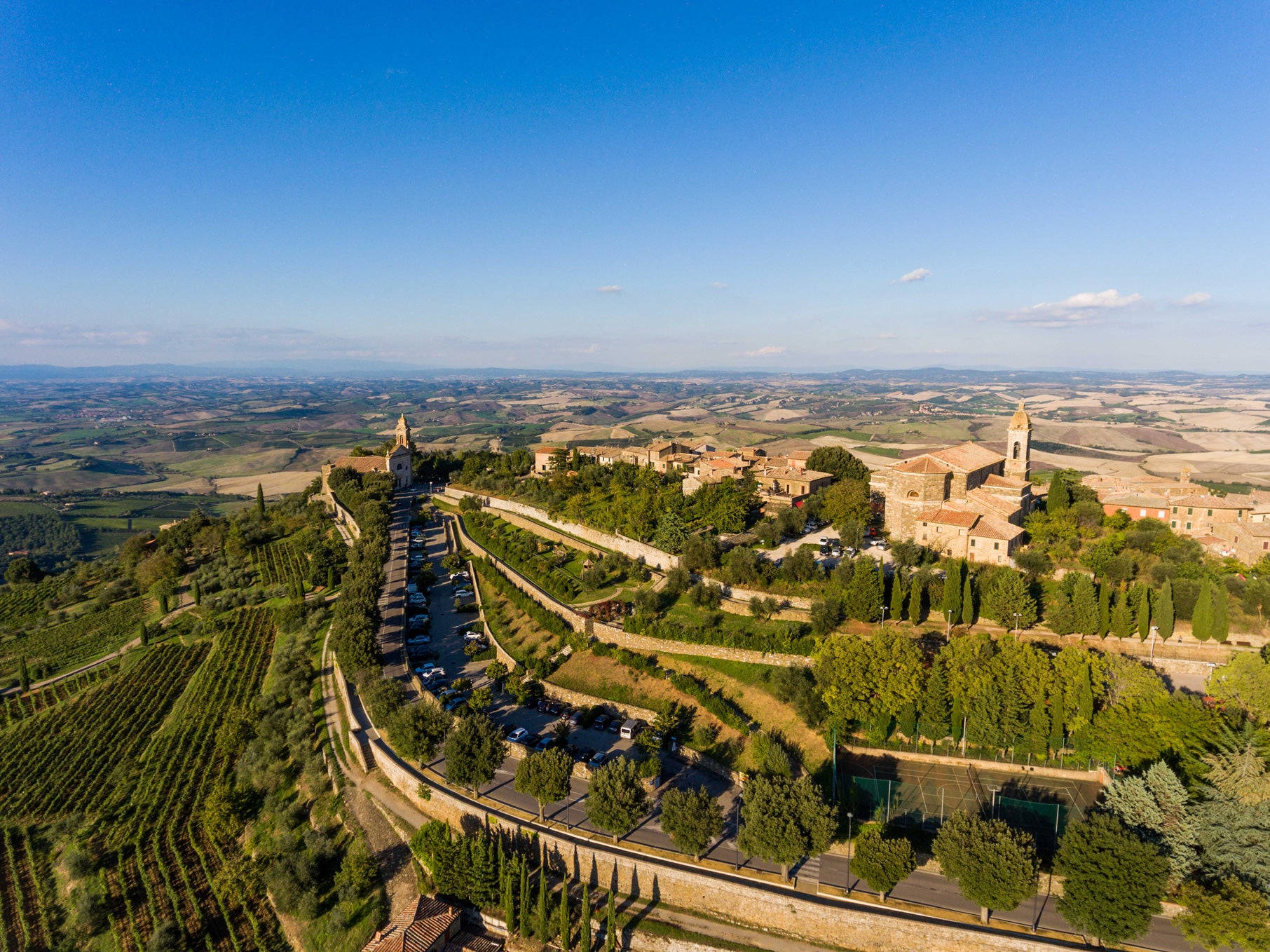We went hard on the 2015s from Barolo and Barbaresco. It was a vintage with a lot of wines that were/are accessible now, and we offered a lot of them, because instant gratification is tough to pass up. But then the ’16s started arriving, and we found, as the wine press did, that they were even better than the ’15s, and I worried that our subscribers wouldn’t have room for them. But honestly, you need to make room, as our experience tasting today’s 2016 from Cascina Luisin confirmed.
First off, Cascina Luisin is one of the most historic and traditional properties in the region: it’s an ideal producer for a case study of vintage variations, and after putting this wine side-by-side with two of Luisin’s (excellent) 2015s, it was the unanimous favorite. It was also, I should note, the alpha dog among a table-full of reds from around the world. Our tastings often have a moment like the one we had with Luisin’s 2016 “Paolin,” where it’s as if the crowd parts for the arrival of the star (like when Robert DeNiro’s Jimmy Conway first appears in “Goodfellas”). And as I’ve noted in other offers, there simply aren’t many fine wines around the world promising 20+ years of longevity for less than $100, never mind $58. So, make room. You’ll be so glad you did!
Cascina Luisin’s Minuto family goes back eight generations in Barbaresco. In the mid-1800s, they were shipping demijohns of wine to Turin via oxcart, and in 1913, Luigi Minuto began estate-bottling wines—making the family one of the first in the region to do so (“Cascina” means “farmhouse” and “Luisin” is Piedmontese dialect for “little Luigi”). Liugi’s sons, Lorenzo and Mario, split up the family’s holdings in 1952, creating what are now two of the most acclaimed estates in Barbaresco: Lorenzo retained the original Cascina Luisin winery, which is perched right in the famed “Rabajà” vineyard in the commune of Barbaresco, while Mario established Moccagatta, which is practically right next door. In all, Cascina Luisin measures just eight hectares of vineyards in total, with plantings focused on the traditional red varieties of the region: Dolcetto, Barbera, and Nebbiolo.
In addition to bottling wines from the “Asili” and “Rabajà” crus, which may be the two most acclaimed single vineyards in Barbaresco, Cascina Luisin also farms a special parcel called “Sorì Paolin,” which is part of the Basarin cru in the commune of Neive. It has a full south exposition and climbs to about 270 meters above sea level, with an average vine age of around 65 years. The structure and complexity of hand-farmed, old-vine fruit is on glorious display in today’s ’16, which displayed a more powerful framework than the ’15s we tasted. This isn’t simply a function of it being a year younger, either: there is clearly another gear here.
The Minutos are staunch traditionalists in the cellar: This wine was fermented on ambient yeasts in concrete vats and aged in large (30-hectoliter) Slavonian oak casks, followed by a significant period of aging in bottle before release. In the glass, it displays a healthy garnet-red core moving to a pink rim (no signs of brick orange just yet), with trademark Barbaresco aromas of Marasca cherry, wild strawberry, currant, orange peel, rose petals, leather, graphite, black tea, and tar. It’s such a heady, inviting perfume you could just sit there swirling and sniffing indefinitely, while on the palate, it has some youthful grip that softens with some time open. Decant it 30-60 minutes before serving in Burgundy stems at 60-65 degrees and you’ll find lots to love about the wine now, but it should really explode in about 3-5 years. As noted above, several decades of graceful aging are not at all out of the question, and of course all the classic pairings leap immediately to mind as you sip this classical beauty: fresh, eggy tajarin pasta with mushrooms or a ragù, beef braised in red wine, risotto, you name it. It never gets old, I must say, and at these prices, you can afford repeat performances. Enjoy!









